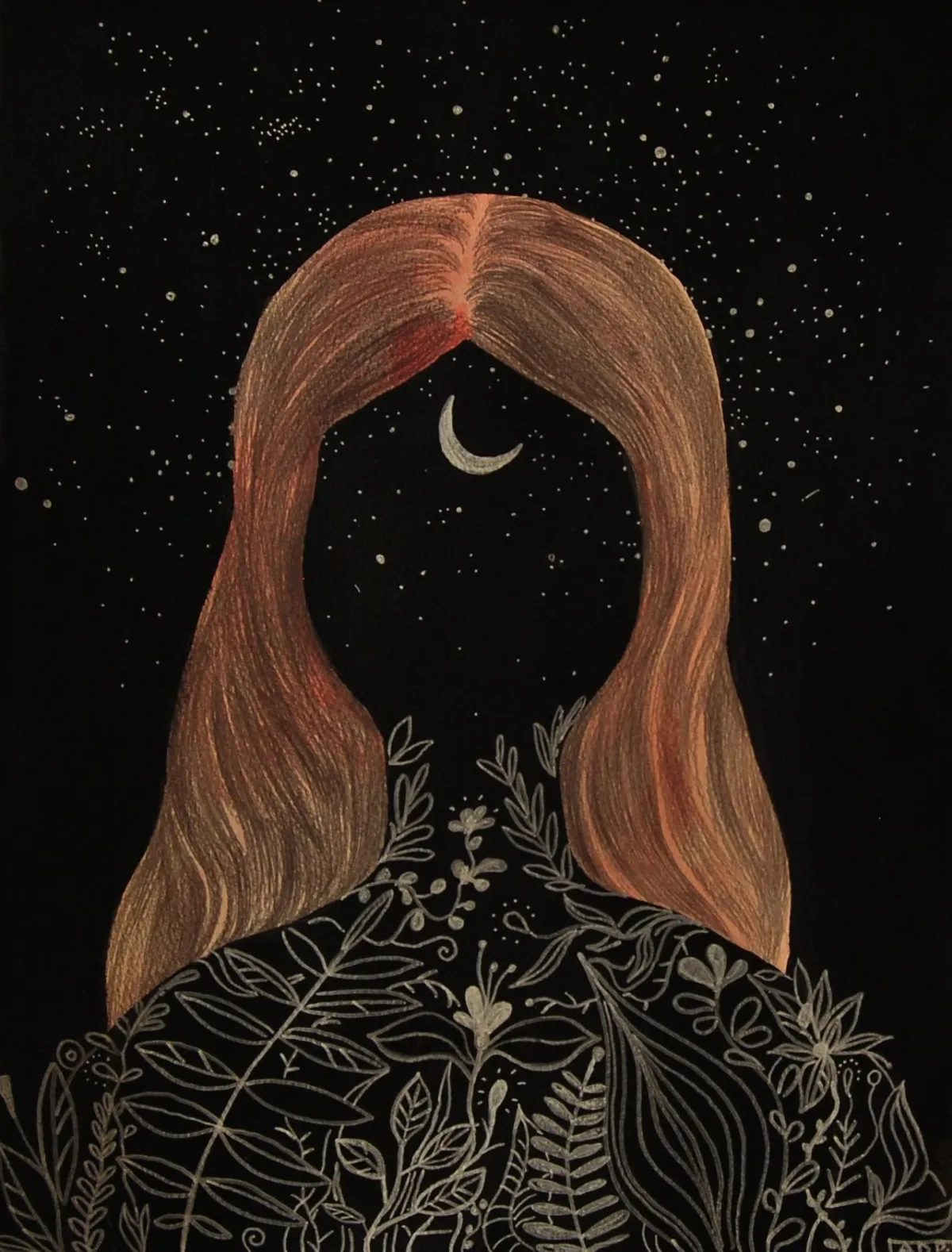Blogs

The Memories We Keep
The Memories We Keep
I recently had a client come in that had taken a bad fall while mountaineering. She had fallen head over heels down a steep incline coming to a stop just moments before what could have easily been her demise. She was airlifted off the mountain with a concussion, broken nose and a variety of bumps and bruises. She came in a little over a week after the accident complaining of a sore neck and shoulders and presenting palmer and startle reflexes. I spent a little over an hour slowly adjusting her skeletal system and easing her nervous system back into the watery rhythms of calm. She left feeling lighter and happy.
When she returned the following week we checked in and she reported having less pain in her neck and head, she then offhandedly mentioned that she had stopped having nightmares of falling. She had not mentioned the nightmares during our first session and I asked her to expound. She explained that after her fall she had routinely been having nightmares about the accident and had been waking from the dreams in a state of deep tension. So why had the dreams ceased? What has changed?
It is becoming more widely known, that traumatic memory lives in the soft tissues, that the body acts through the memory of lived experience. This can be noted in subconscious, or primal reflexes, that should be integrated in an individual by the time they are 2 to 3 years of age. What is more difficult to perceive is how the spatial limbs, or subtle bodies contract into the body after a traumatic event creating a type of spatial prison that informs the nervous system to stay in a state of distress which causes the tissues to contract and spasm. With the case of my client there was an aspect of her that was still falling, she was still clenching against the fall. In the work we did while she was on my massage table we were able to invite her limbic system back into the peripheral environment, ease her back into the space around her physicality which had collapsed during the fall. This resulted in the cessation of her nightmares. This was done through gentle, rhythmic hands-on bodywork and somatic meditation revolving around her ‘sitting on her big toe’ as though it was a cliff from which she could watch the sunrise.
I see it time and time again. Traumatic experience causes the collapse of spatial awareness and creates dissonant rhythms in the subtle pulses and bodies contributing to physical tension, emotional destabilization and overstimulation of the sympathetic nervous system. Relief can be found for the bodymind in the spaces that surround our physicality. When the body finds trust in the peripheral spaces again it regains its ability to host our souls in an easeful way.
Meditation: The above case study shows how traumatic experiences can live in the body. What other memories live in you?How about pleasant ones? Bring to mind a beautiful environment that you have visited, a place where you found yourself at peace. Note the details of the memory and begin to focus on the movements your body remembers. How did the breeze move that day? Was there water or birdlife present? Keep returning to the larger spaces of the memory and then ‘zoom in’ on aspects of movement within the memory. Bring the living aspects of the memory to the fore of your attention and see how long you can sit with them before returning to the larger spaces. Note any changes within you and as always, give gratitude.
Testimonials
www.huntertoran.com
